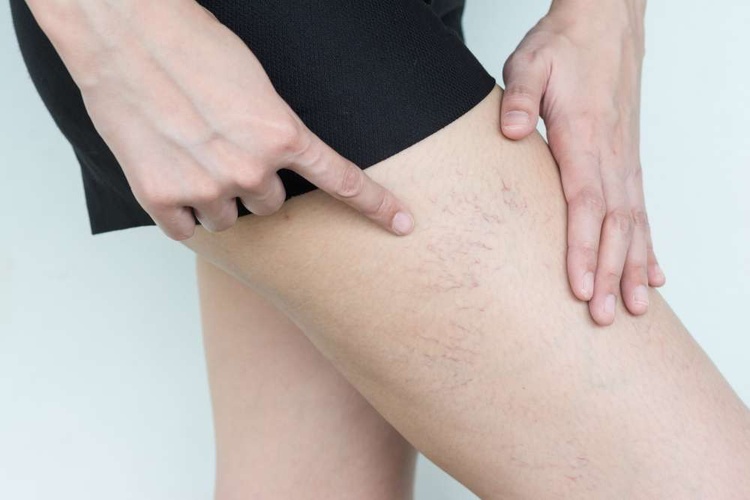Understanding The Causes and Prevention Tips For Spider Veins - A Complete Guide
Spider veins are a common vascular condition that affects millions of people, causing visible red, blue, or purple web-like patterns just beneath the skin's surface. While often considered a cosmetic concern, these tiny dilated blood vessels can sometimes indicate underlying health issues and impact an individual's confidence and comfort. Understanding their causes, symptoms, and prevention strategies is crucial for maintaining healthy circulation and skin appearance.

What Causes Spider Veins to Develop?
Spider vein causes are multifaceted and can stem from various genetic, lifestyle, and environmental factors. Heredity plays a significant role, with individuals whose family members have experienced spider veins being more likely to develop them. Hormonal changes, particularly during pregnancy, menopause, or while taking birth control pills, can contribute to their formation. Additionally, prolonged standing or sitting, obesity, and lack of physical activity can increase the risk of developing these visible vein networks.
Recognizing Spider Vein Symptoms and Signs
The primary symptom of spider veins is their distinctive appearance - thin, branching lines that resemble spider webs or tree branches on the skin’s surface. These typically appear on the legs, face, and ankles. While often painless, some individuals may experience mild symptoms such as slight swelling, aching, or a feeling of heaviness in the affected areas. In some cases, people might notice itching or burning sensations around the spider veins, indicating potential circulatory issues.
Comprehensive Prevention Tips for Spider Veins
Preventing spider veins involves adopting a holistic approach to circulatory health. Regular exercise, particularly activities that promote leg circulation like walking, swimming, and cycling, can help maintain vascular strength. Maintaining a healthy weight reduces pressure on leg veins, while avoiding prolonged periods of standing or sitting can minimize vein strain. Compression stockings can also provide support and help prevent vein dilation, especially for individuals with occupations requiring extended standing or sitting.
Impact of Spider Veins on Personal Life
Spider veins can significantly affect an individual’s quality of life beyond physical symptoms. Many people experience reduced self-confidence, particularly when the veins appear in visible areas like the legs or face. The psychological impact can lead to self-consciousness during social interactions or when wearing clothing that reveals the affected areas. Some individuals might feel uncomfortable in social settings, avoiding activities like swimming or wearing shorts due to their appearance.
Habits That Might Help Manage Spider Veins
| Helpful Habit | Benefit | Difficulty Level |
|---|---|---|
| Regular Exercise | Improves circulation | Easy |
| Elevation of Legs | Reduces vein pressure | Easy |
| Healthy Diet | Supports vascular health | Moderate |
| Compression Wear | Provides vein support | Easy |
| Limit Alcohol | Reduces inflammation | Moderate |
Prices, rates, or cost estimates mentioned in this article are based on the latest available information but may change over time. Independent research is advised before making financial decisions.
Treatment and Management Options
While prevention is ideal, various treatment options exist for managing spider veins. Sclerotherapy, a minimally invasive procedure involving injectable solutions, can effectively reduce their appearance. Laser treatments offer another non-surgical approach, using targeted light to collapse problematic veins. Consulting with a healthcare professional can help determine the most appropriate treatment based on individual circumstances.
This article is for informational purposes only and should not be considered medical advice. Please consult a qualified healthcare professional for personalized guidance and treatment.




